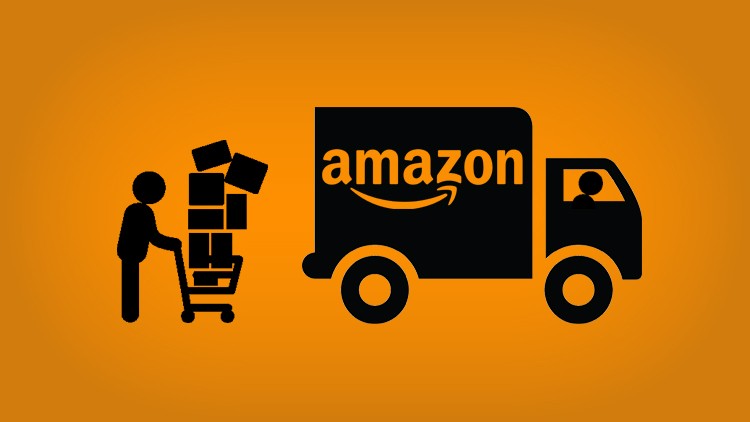In the ever-evolving landscape of eCommerce, staying ahead of the competition requires innovative strategies that captivate your audience and drive sales. One such strategy that has gained significant traction in recent years is video marketing for eCommerce.
As online shopping continues to surge, businesses are recognizing the power of video content in connecting with their customers. In this article, we will explore the various facets of eCommerce video marketing and how it can be harnessed effectively to engage customers through compelling visual contenе and why you should implement it in your e-commerce marketing strategies

The Rise of eCommerce Video Marketing
The eCommerce industry has witnessed a remarkable transformation over the past decade, with online shopping becoming the preferred mode of retail for millions of consumers worldwide. As a result, businesses have had to adapt their marketing strategies to meet the changing demands of customers. This adaptation has given birth to the phenomenon of eCommerce video marketing.
What is eCommerce Video Marketing?
Ecommerce video marketing involves the creation and distribution of video content with the primary goal of promoting products or services within an online store. It encompasses a wide range of video formats, including product demos, customer testimonials, how-to guides, and even live streams. The objective is to leverage the power of visual storytelling to engage, inform, and persuade potential buyers.
The Impact of eCommerce Video Marketing
1. Enhanced Product Engagement: One of the fundamental aspects of eCommerce video marketing is its ability to bring products to life. Instead of static images and text descriptions, videos allow customers to see the product in action, providing a more immersive shopping experience. This results in higher engagement and increased trust in the product.
2. Improved SEO and Search Rankings: Incorporating videos into your eCommerce website can have a positive impact on your search engine optimization (SEO) efforts. Search engines like Google prioritize websites with video content, making it easier for potential customers to find your online store. This synergy between eCommerce and video marketing can boost your search rankings and increase organic traffic.
3. Building Brand Authenticity: Authenticity is a cornerstone of successful eCommerce. Video marketing enables you to showcase the human side of your brand by introducing your team, sharing your story, or demonstrating your commitment to quality. This builds trust with customers and encourages brand loyalty.
YouTube Video Marketing in eCommerce
When discussing eCommerce video marketing, it’s impossible to ignore the significance of YouTube. With over two billion logged-in monthly users, YouTube is a goldmine for businesses looking to expand their reach. Here’s how you can make the most of YouTube for your eCommerce efforts:
1. Create a YouTube Channel: Establish a dedicated YouTube channel for your eCommerce brand. This channel will serve as a hub for all your video content, making it easier for customers to discover and engage with your videos.
2. Optimize Video Titles and Descriptions: Use relevant keywords such as “ecommerce video marketing” and “video marketing in ecommerce” in your video titles and descriptions. This will improve the discoverability of your videos on YouTube’s search results.
3. Engage with Your Audience: Encourage viewers to like, comment, and subscribe to your channel. Respond promptly to comments and engage in conversations with your audience. Building a community around your brand is essential for long-term success.
Effective Strategies for eCommerce Video Marketing
Now that we’ve established the importance of eCommerce video marketing let’s delve into some strategies that can help you harness its full potential:
1. Product Demonstrations: Create detailed video demonstrations that showcase the features and benefits of your products. This allows potential customers to visualize how your products can solve their problems or fulfill their needs.
2. Customer Testimonials: Hearing positive feedback from satisfied customers is incredibly persuasive. Capture authentic testimonials on video, and watch as potential buyers gain trust in your brand.
3. Educational Content: Offer value to your audience by creating informative videos that answer common questions or provide solutions to common problems related to your products or industry. This establishes your brand as an authority in the field.
4. Live Streaming: Capitalize on the popularity of live streaming by hosting live events, product launches, or Q&A sessions on platforms like Facebook Live, Instagram Live, or even YouTube Live. Live videos create a sense of urgency and authenticity.
5. Storytelling: Craft compelling brand stories that resonate with your audience emotionally. Share your journey, values, and mission through videos that tug at the heartstrings of your viewers.
6. User-Generated Content: Encourage your customers to create and share their videos using your products. User-generated content not only builds trust but also serves as authentic testimonials.
Measuring the Success of Your eCommerce Video Marketing
To ensure that your eCommerce video marketing efforts are paying off, you need to measure their effectiveness. Here are some key performance indicators (KPIs) to track:
1. View Count: Monitor the number of views your videos receive. This metric provides insight into the reach of your content.
2. Click-Through Rate (CTR): Calculate the CTR by dividing the number of clicks on your video’s call-to-action (CTA) link by the total number of views. A high CTR indicates effective engagement.
3. Conversion Rate: Track how many viewers who watched your videos went on to make a purchase. This is the ultimate measure of ROI for your video marketing efforts.
4. Audience Retention: Analyze how long viewers are staying engaged with your videos. Higher retention rates indicate compelling content.
5. Social Shares and Comments: Count the number of times your videos are shared on social media platforms and the quantity of comments they receive. These metrics reflect audience engagement and brand awareness.
Conclusion
Ecommerce video marketing has emerged as a game-changer in the world of online retail. It enables businesses to engage customers through visually captivating content, build trust, and ultimately drive sales. By incorporating strategies such as product demonstrations, customer testimonials, and educational content, and leveraging platforms like YouTube, eCommerce businesses can create a more immersive shopping experience and stay ahead in a competitive market.
To ensure success, it’s essential to continually measure the impact of your video marketing efforts and adapt your strategy accordingly. As eCommerce continues to evolve, video marketing is poised to remain a key driver of customer engagement and business growth.







